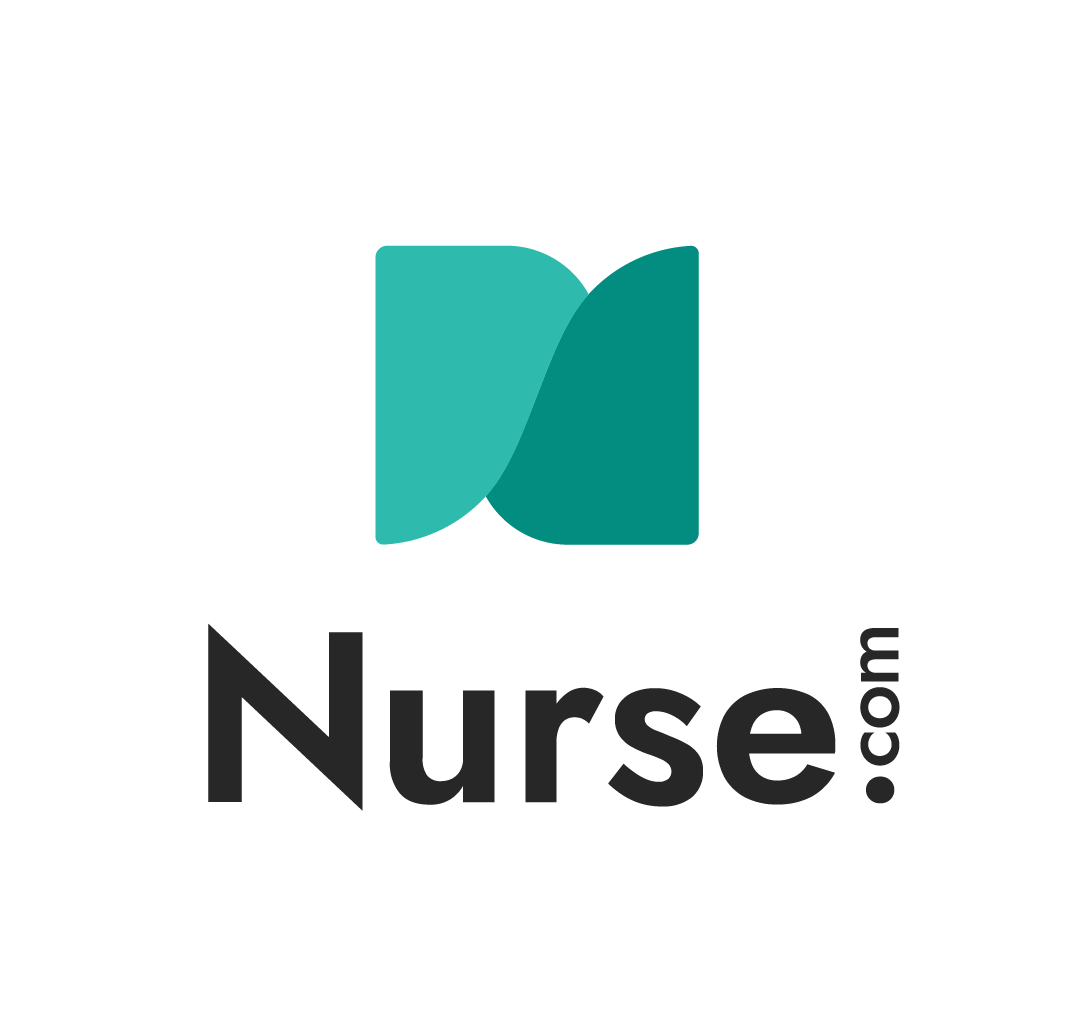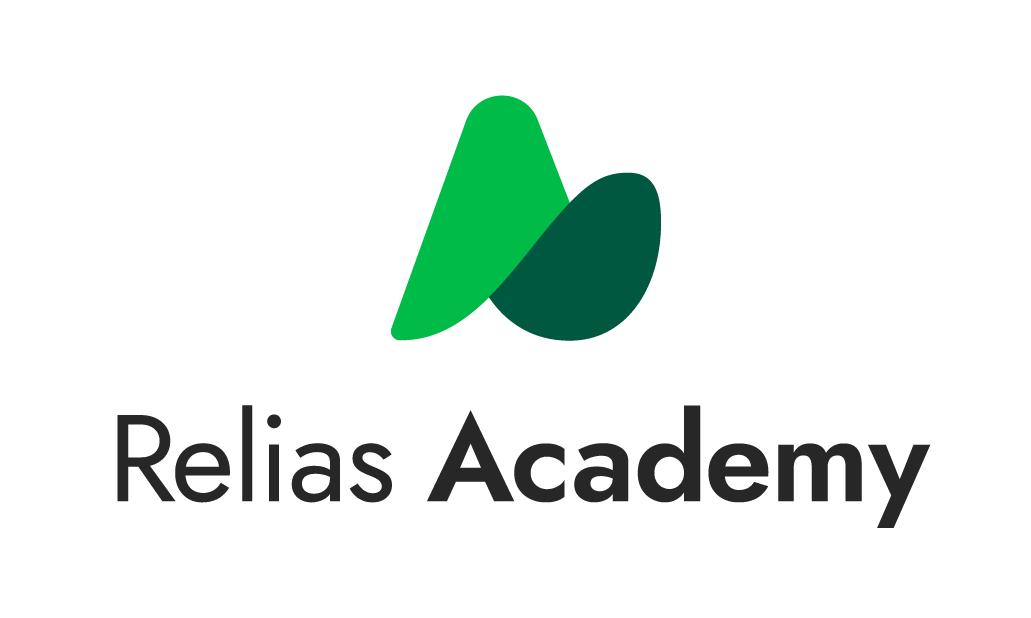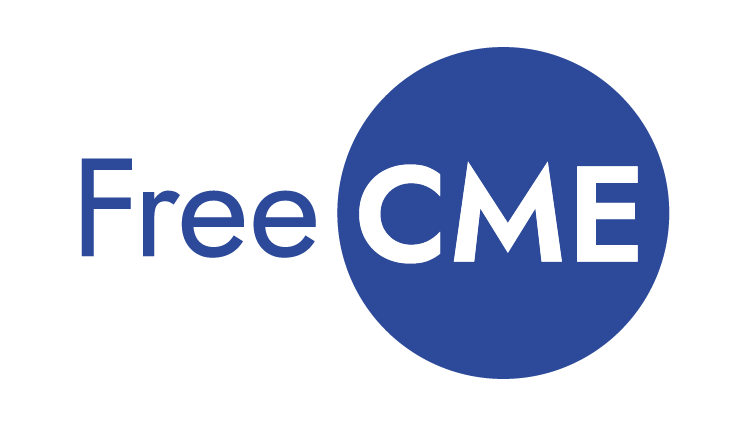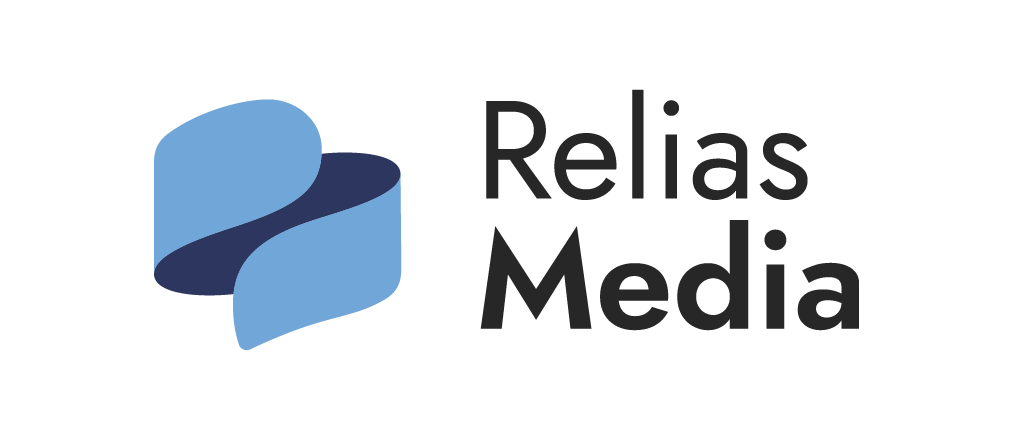Solutions ∨
Learning and Performance → ∨
Mandatory TrainingIssue required courses and monitor compliance ∨
Continuing EducationOffer clinicians training to meet license requirements ∨
Professional DevelopmentEngage staff and empower career growth ∨
Clinical DevelopmentEnhance skills with clinician-built content ∨
Certification ReviewBuild knowledge and increase exam pass rates ∨
Competency ManagementMeasure and evaluate knowledge, skills, and abilities ∨
Obstetrics SolutionReduce variation in care with data-driven learning ∨
Onboarding SolutionTailor nurse training and reduce turnover ∨
Recruiting and Staffing → ∨
Talent Acquisition AdvertisingTarget your recruitment to our 3M+ nurse community ∨
Validated AssessmentsGauge job fit with clinical, behavioral, situational assessments ∨
Nurse Job BoardPost your nurse opportunities on Nurse.com ∨
Compliance Management → ∨
Compliance SoftwareMeet requirements with easy to administer package ∨
Mandatory TrainingIssue required courses and monitor compliance ∨
View All Solutions → ∨
Who We Serve ∨
Who We Serve → ∨
Hospitals and Health SystemsLarge multisite systems, critical-access hospitals, staffing agencies ∨
Individual Healthcare WorkersPhysicians, nurses, clinicians, and allied health professionals ∨
Post-Acute and Long-Term CareSkilled nursing facilities, continuing care retirement communities and life plan communities, assisted living facilities, rehab therapy providers, and hospice agencies ∨
Behavioral and Community HealthBehavioral health, intellectual and developmental disabilities, applied behavior analysis, community health centers, and children, youth, and family-serving organizations ∨
Home Health and Home CareHome health and home care agencies and organizations ∨
Government OrganizationsFederal, state, and local entities ∨
Case Studies ∨
PAM Health Supports Business Growth, Employee Engagement, and Better Patient Outcomes With ReliasPAM Health utilized Relias to make post-acquisition employee onboarding easier and to influence positive patient outcomes through high-quality staff training and coaching. ∨
CSIG Depends on the Relias Platform Through Change and GrowthBefore 2020, Common Sail Investment Group (CSIG) conducted all its senior living staff training and education in person in different locations. ∨
Why Relias ∨
Why Relias → ∨
TechnologyEngage learners and ease burden for administrators ∨
Measurable OutcomesImprove workforce, organization, and patient results ∨
ServicesReduce administrative burden with professional solutions ∨
Expert ContentTrust Relias for quality, award-winning courses and tools ∨
CommunityTap into clinician resources and peer support ∨
Resources → ∨
How Mental Health and Social Determinants Are Driving Maternal MortalityThe CDC has uncovered another dimension affecting the already alarming problem of maternal mortality in the U.S… ∨
2023 DSP Survey ReportThe 2023 DSP Survey Report highlights feedback from 763 direct support professionals (DSPs) across the country on job satisfaction, supervision… ∨
Resources ∨
Resource Center → ∨
BlogKeep up with industry trends and insights ∨
Articles and ReportsReview recently published thought leadership ∨
Success StoriesRead about Relias clients improving outcomes ∨
EventsFind Relias at an upcoming industry conference ∨
WebinarsRegister for upcoming key topic discussions ∨
SupportContact us for help with your account ∨
PodcastExplore conversations with healthcare experts ∨
Upcoming Event ∨
Contact Sales → ∨
Company ∨
About Relias → ∨
CareersView our open positions ∨
MediaReview our latest news and make press inquiries ∨
EventsFind Relias at an upcoming industry conference ∨
Alliances and PartnershipsScan our industry connections and relationships ∨
AwardsCheck out our latest recognitions ∨
DiversityLearn more about Relias’ commitment to DEIB ∨
In the News → ∨
Log In ∨
Login Portals ∨
Relias Learning ∨
Nurse.com ∨
Relias Academy ∨
Wound Care Education Institute ∨
FreeCME ∨
Relias Media ∨
Solutions ∨
Learning and Performance → ∨
Mandatory TrainingIssue required courses and monitor compliance ∨
Continuing EducationOffer clinicians training to meet license requirements ∨
Professional DevelopmentEngage staff and empower career growth ∨
Clinical DevelopmentEnhance skills with clinician-built content ∨
Certification ReviewBuild knowledge and increase exam pass rates ∨
Competency ManagementMeasure and evaluate knowledge, skills, and abilities ∨
Obstetrics SolutionReduce variation in care with data-driven learning ∨
Onboarding SolutionTailor nurse training and reduce turnover ∨
Recruiting and Staffing → ∨
Talent Acquisition AdvertisingTarget your recruitment to our 3M+ nurse community ∨
Validated AssessmentsGauge job fit with clinical, behavioral, situational assessments ∨
Nurse Job BoardPost your nurse opportunities on Nurse.com ∨
Compliance Management → ∨
Compliance SoftwareMeet requirements with easy to administer package ∨
Mandatory TrainingIssue required courses and monitor compliance ∨
View All Solutions → ∨
Who We Serve ∨
Who We Serve → ∨
Hospitals and Health SystemsLarge multisite systems, critical-access hospitals, staffing agencies ∨
Individual Healthcare WorkersPhysicians, nurses, clinicians, and allied health professionals ∨
Post-Acute and Long-Term CareSkilled nursing facilities, continuing care retirement communities and life plan communities, assisted living facilities, rehab therapy providers, and hospice agencies ∨
Behavioral and Community HealthBehavioral health, intellectual and developmental disabilities, applied behavior analysis, community health centers, and children, youth, and family-serving organizations ∨
Home Health and Home CareHome health and home care agencies and organizations ∨
Government OrganizationsFederal, state, and local entities ∨
Case Studies ∨
PAM Health Supports Business Growth, Employee Engagement, and Better Patient Outcomes With ReliasPAM Health utilized Relias to make post-acquisition employee onboarding easier and to influence positive patient outcomes through high-quality staff training and coaching. ∨
CSIG Depends on the Relias Platform Through Change and GrowthBefore 2020, Common Sail Investment Group (CSIG) conducted all its senior living staff training and education in person in different locations. ∨
Why Relias ∨
Why Relias → ∨
TechnologyEngage learners and ease burden for administrators ∨
Measurable OutcomesImprove workforce, organization, and patient results ∨
ServicesReduce administrative burden with professional solutions ∨
Expert ContentTrust Relias for quality, award-winning courses and tools ∨
CommunityTap into clinician resources and peer support ∨
Resources → ∨
How Mental Health and Social Determinants Are Driving Maternal MortalityThe CDC has uncovered another dimension affecting the already alarming problem of maternal mortality in the U.S… ∨
2023 DSP Survey ReportThe 2023 DSP Survey Report highlights feedback from 763 direct support professionals (DSPs) across the country on job satisfaction, supervision… ∨
Resources ∨
Resource Center → ∨
BlogKeep up with industry trends and insights ∨
Articles and ReportsReview recently published thought leadership ∨
Success StoriesRead about Relias clients improving outcomes ∨
EventsFind Relias at an upcoming industry conference ∨
WebinarsRegister for upcoming key topic discussions ∨
SupportContact us for help with your account ∨
PodcastExplore conversations with healthcare experts ∨
Upcoming Event ∨
Contact Sales → ∨
Company ∨
About Relias → ∨
CareersView our open positions ∨
MediaReview our latest news and make press inquiries ∨
EventsFind Relias at an upcoming industry conference ∨
Alliances and PartnershipsScan our industry connections and relationships ∨
AwardsCheck out our latest recognitions ∨
DiversityLearn more about Relias’ commitment to DEIB ∨
In the News → ∨
Acute CareVideoMaternal MortalityVideo Transcription
[Lora Sparkman] You’re going to hear from our partners at St. Luke’s in Boise, Idaho, two nurse leaders, Deb Ketchum and Julya Miner, tell a story about a mother who died in one of their hospitals. She died of a postpartum hemorrhage. Postpartum hemorrhage is the number one complication in the U.S., and every 10 minutes, a mother dies in the U.S. related to pregnancy complications. Let’s hear their story.
Maria’s Story
[Deb Ketchum] So our story was set in a beautiful resort community, nestled in the mountains of central Idaho. It was early January during the winter with record snowfall. If you watch the news this winter, Idaho had an amazing amount of snow. And it was still snowing in May, middle of June.
The 25-bed critical access hospital has dedicated obstetrical team comprised of nurses, family practice, and obstetrical providers. The nearest acute care facility is 70 miles south.
Maria arrived to the community from Mexico just a few days before delivering her second child. She was 40 years old, gravida 2 para 1 at 37 to 38 weeks. Her bag of water ruptured at home and she presented to the hospital for care. No medical records were available, although the patient and her family shared she had been receiving regular prenatal care in Mexico prior to coming to the United States. Her current pregnancy as well as her pregnancy and delivery 12 years earlier were reportedly uncomplicated.
This labor was augmented with oxytocin and it resulted in a successful vaginal delivery of a male infant. After initial resuscitation, the infant transitioned very well. During repair of the second degree of perinatal and vaginal laceration, increased vaginal bleeding was noted. Pitocin, Methergine, and Cytotec were given. Additional IV access was acquired and labs were drawn. The obstetric surgeon was called along with the operating room team. Maria was transferred to the operating room, where additional doses of Pitocin, Methergine, and Cytotec were given along with Hemabate. A Bakri Balloon was placed in an unsuccessful attempt to achieve homeostasis. Pressers and IV fluids were administered for blood pressure support. Transfusion of packed red blood cells and fresh frozen plasma were initiated. Platelets were not available on site.
Ultimately, a super cervical hysterectomy was performed. At the time, Maria’s blood loss was estimated at 7,000 milliliters. The patient was transferred from the OR to the ICU where Tele-ICU was initiated. The internal code, critical patient, was activated and simulated an all hands on deck response from the emergency department provider, support team nurses, lab personnel, and all others.
Upon arrival to the ICU, Maria coded. The interprofessional team acted quickly to stabilize Maria. Consults were obtained from the maternal fetal medicine and intensivists to the tertiary care center to guide a plan of care. Requests for patient transport out of the critical access for the facility were repeatedly turned down due to the hazardous weather conditions. Imagine how hopeless that team felt. The critical access team huddled to explore alternatives.
Arrangements were made for additional products to be transported to the facility. Once Maria was stabilized enough for ground transport, arrangements were made with the state highway district to provide a snowplow to lead the way and clear a path for the local team to transport her to a rendezvous with the transport team.
Continued bleeding as a result of DIC led to a quantitative blood loss of 11,000 milliliters. By that time, she had received 12 units of packed red blood cells, 10 units of fresh frozen plasma, and countless liters of crystalloid. Ten minutes into the transport, Maria coded again. The team returned with her to the critical access hospital. Valiant efforts to resuscitate her were unsuccessful and Maria died. The care team was devastated. Resources were immediately deployed to support healing for the care team and for the patient’s family.
As the care team debrief later that afternoon, reassurance was felt as the team recognized good communication and strong teamwork throughout the experience. The team hungered to identify ways to prevent such an experience from ever happening again. This experience has ignited a sense of urgency across the health system to find ways to better support front line care of members in our state and across all states, and being ready to identify and respond to OB hemorrhage.
The GNOSIS OB hemorrhage module has provided welcome education. Thank you so much for having this purpose. Simulation scenarios with reinforcement of our active OB hemorrhage bundles, massive transfusion policies, and emergency algorithm and kits are being developed to focus attention on the areas of greatest opportunity for each team. While we are deeply saddened by the death of Maria, this experience has prompted us to face the opportunities with greater result and determination to improve the safety of the care we provide. Thank you very much.
Improving Perinatal Safety
[Lora Sparkman] – Unfortunately, these events and these stories happen far too often. But the good news is St. Luke’s has not had a postpartum hemorrhage death since the implemented Relias for OB. So, doing nothing is not a clinical strategy. Thank you, St. Luke’s for inspiring all of us to improve perinatal safety and create high reliability.
Related Resources
Webinar
Maternal Mortality: Changing the Narrative
Watch this on-demand webinar in which clinical and risk leaders from AWHONN and Relias discuss important issues that impede reducing variation in care and ...
Webinar
July 2020 New Joint Commission Maternal Safety Standards: How Prepared Are You?
Our panel of obstetrics experts discusses the 13 new elements of performance within the Provision of Care, Treatment, and Services standards for maternal ...
Toolkit
Setting a New Standard of Maternal Care in California Resource Kit
Learn from 4 types of healthcare organizations in California who are doing things differently, by transforming their education programs into next ...






